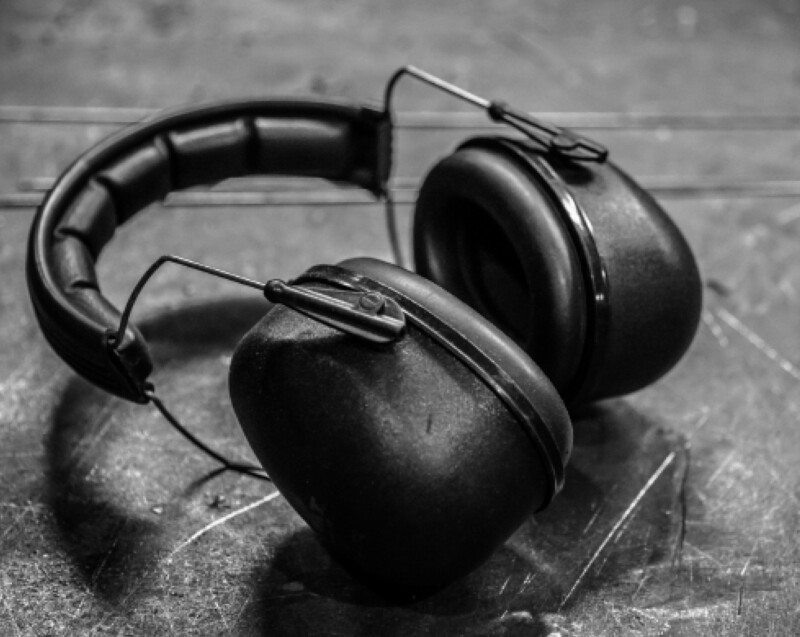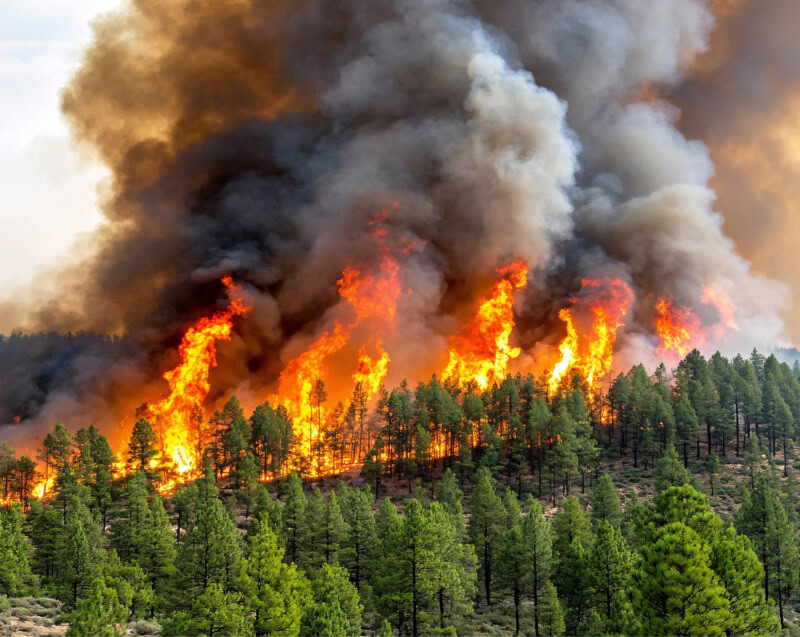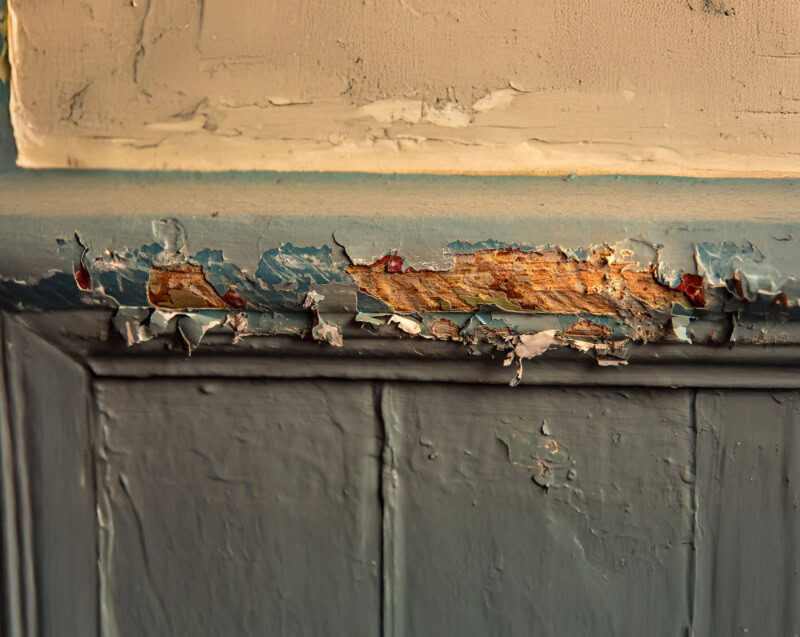We live in a loud world. From jet engines to ear bud headphones, our delicate inner ear structures are bombarded on a daily basis and this can lead to hearing loss.
In many ways, hearing loss is a fact of life, because humans naturally lose hearing as they age. However, this loss can be compounded due to “noise exposure” or the loud sounds we encounter in our surrounding environment or workplace.
“Sound is a collection of frequencies distributed at an adequate pressure to be detected by the human ear. When the pressures are high enough, they can damage the delicate structures of the ear,” explains Dan Christensen, CTEH’s Director of Industrial Hygiene. “Noise is unwanted or potentially damaging sound and ‘exposure’ is a measure used to describe a length of time. Thus, ‘noise exposure’ is the measure of time, pressure, and frequency.”
According to Christensen, the most hazardous kinds of noise exposure are extremely loud short bursts – gunshots, explosions, hammering, and other concussive sounds – and sustained noise over 80 decibels. In many workplaces, the source of noise exposure is the machinery, engines, compressors, and tools used in the work environment.
Christensen, a certified industrial hygienist and a certified safety professional, became fascinated with noise exposure when he first noticed its effects during his time in a previous position.
“The company where I worked was following a regulatory guideline for determining hearing loss, and typically we found one or two cases per year out of 900 employees. One year, they switched to new guidelines and we saw a jump of nearly 40 cases of hearing loss,” he says. “I was perplexed as to why a simple change in methodology would cause such a difference. That was when I realized that the exposures to employees hadn’t changed and the permanent damage had already been done, but the methodology for detecting it wasn’t adequate. I couldn’t help but wonder how much more of this was occurring in other industries.”
In our next post, Christensen will address methods for dealing with noise exposure and which industries commonly face the noise exposure problem.




